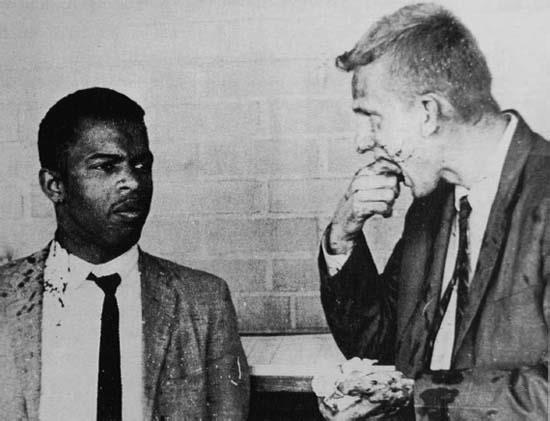Business and CommerceEconomic Boycotts and Protests |
What forms of black economic protests occurred early in the community? |
The economic boycotts and protests that African Americans practiced in mid-twentieth-century America were not a new strategy aimed at securing equal rights guaranteed by the U.S. constitution. For example, in the period 1900 to 1906 blacks in over twenty-five Southern cities protested against segregated seats on street cars and boycotted them. Black organizations, such as the National Association for the Advancement of Colored People (NAACP), the Congress of Racial Equality (CORE), the Southern Christian Leadership Conference (SCLC), and the Student Nonviolent Coordinating Committee (SNCC) brought economic pressures on segregated businesses in protest of their exclusionary practices. It was CORE that used these practices during the sit-ins and freedom rides, beginning as early as 1942 in Jack Spratt’s coffeehouse. One of the first cities to employ economic pressure where needed was Montgomery, Alabama, where a year-long boycott of segregated buses caused the city, downtown businesses, and the bus company to lose nearly $1 million. Such boycotts and economic withdrawals spread throughout the South. In 1960, Nashville, Tennessee, followed with its economic withdrawals by boycotting downtown merchants at Easter time—a time normally quite profitable to merchants. They used the motto “No Fashions for Easter” and deprived white merchants of incalculable profits. Blacks as well as whites joined in the protest. Similarly, economic withdrawals were applied to lunch counters, movie theaters, and elsewhere, sometimes causing whites to avoid these places in fear of physical disturbances. The results of such actions at times translated into significant losses of revenue.

Student Nonviolent Coordinating Committee leader John Lewis with minister James Zwerg after they were both beaten during one of the Freedom Rides. Groups like the SNCC and others put economic and other pressures against white businesses and institutions.
